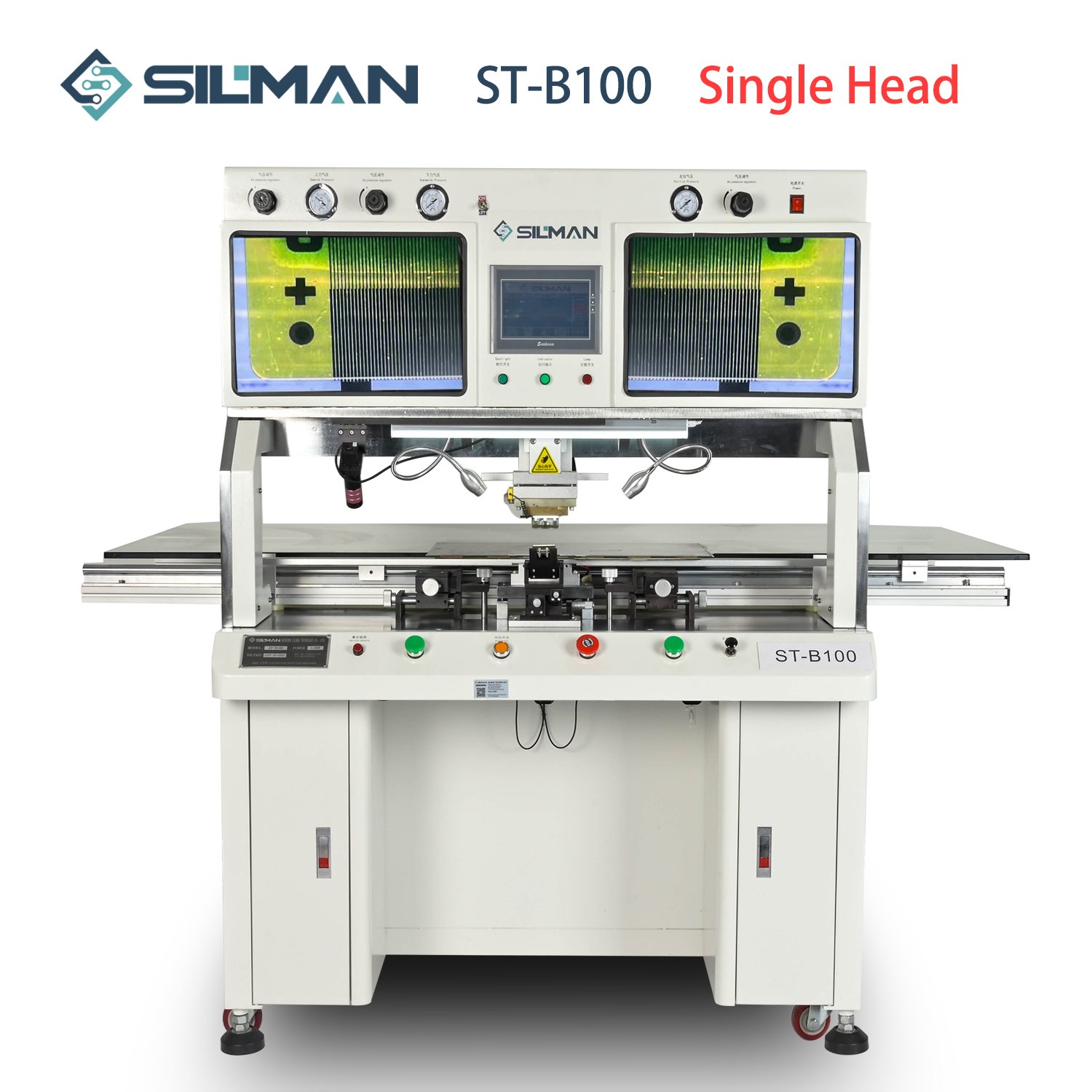SMT (Surface Mount Technology) nozzles are essential components in automated pick-and-place equipment, primarily responsible for retrieving surface mount components from feeders and placing them onto PCB boards. The structural principle of the nozzle is as follows:
- Inflation Principle: Nozzles typically employ an inflation principle, generating or applying negative pressure inside the nozzle to suction the surface mount components. The interior of the nozzle usually contains a cavity connected to an air source and a vacuum system. When suctioning components is required, negative pressure is applied to the cavity, creating a vacuum environment within the nozzle.
- Suction Cup Structure: The end of the nozzle typically features a suction cup with multiple small holes. When negative pressure is applied inside the nozzle cavity, air is suctioned through the small holes in the suction cup, generating negative pressure suction force. The suction cup is usually made of flexible material to adapt to different sizes and shapes of components.
- Contact Principle: When the suction cup of the nozzle contacts the surface of the surface mount component, a seal is formed between the suction cup and the component due to the negative pressure, firmly adhering the component to the nozzle. During this process, the contact force between the nozzle and the component needs to be just right to maintain sufficient adhesion force while avoiding damage to the component.
It is worth noting that the structural principle of the nozzle may vary depending on the type of automated pick-and-place equipment and the type of nozzle. The design of the nozzle structure is also optimized based on the size, shape of the components, and the required adhesion force.
